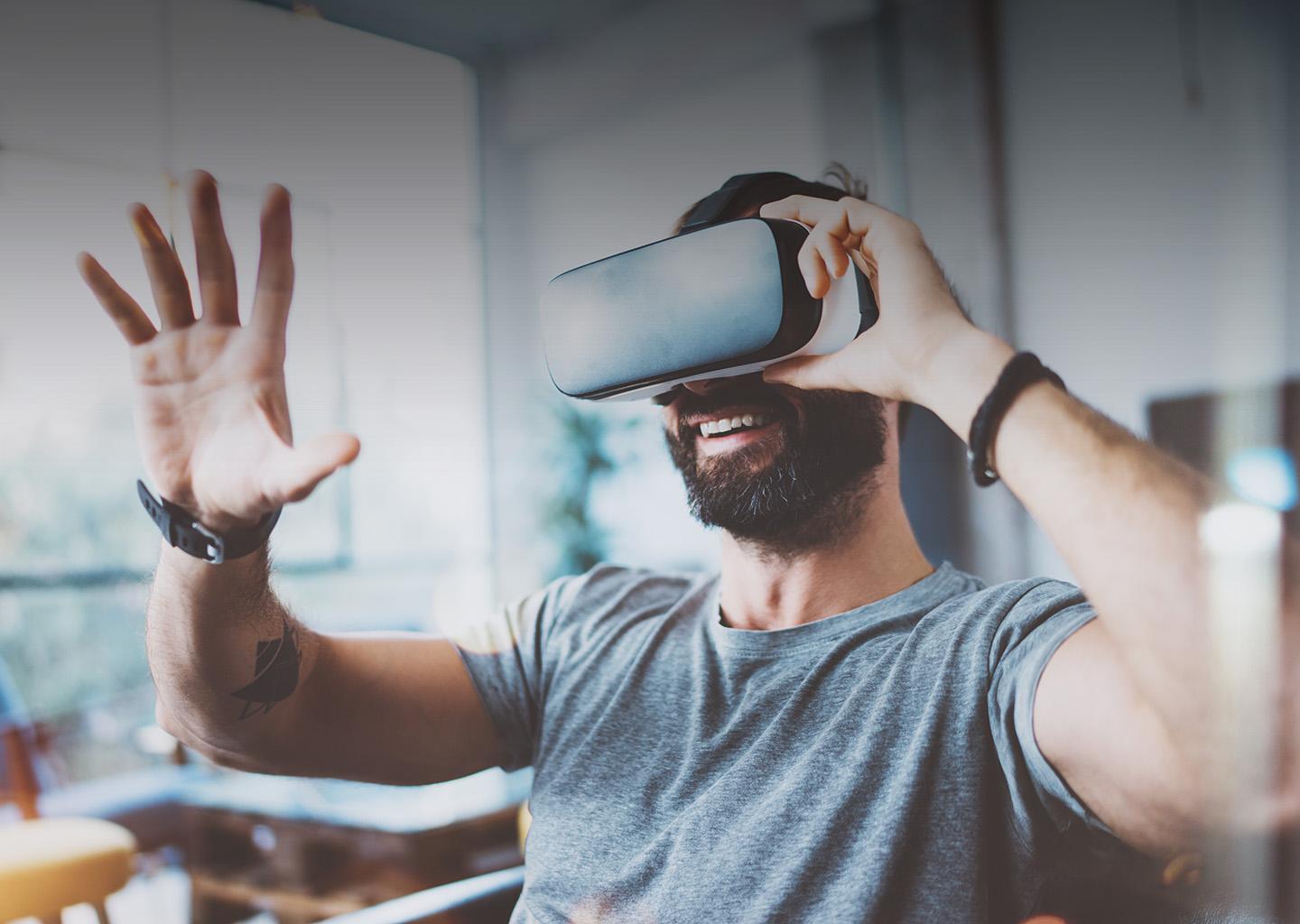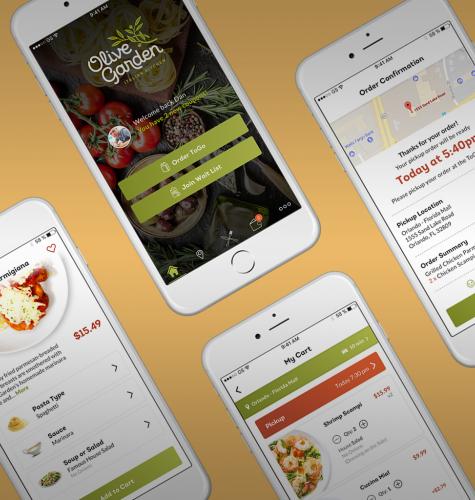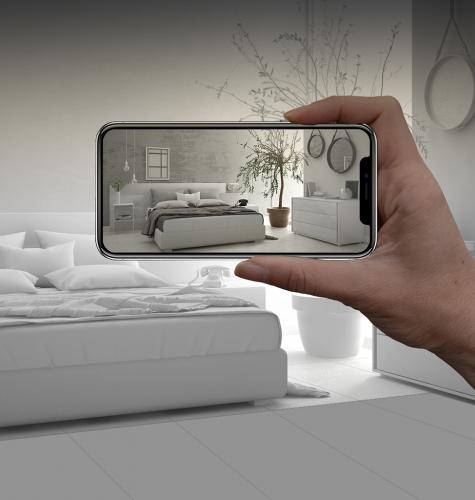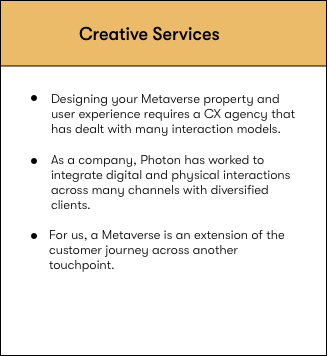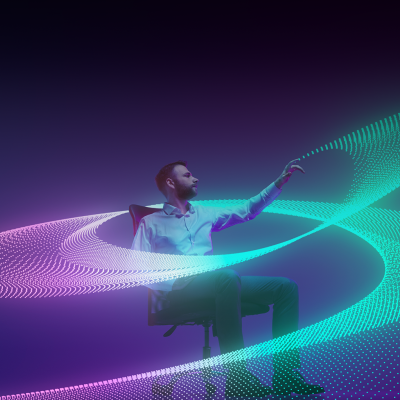From mobile-first to AI-first, a wide range of emerging digital technologies are set to transform how brands interact with their customers. Virtual reality (VR) and Augmented reality (AR) are the latest technologies to be heralded as game-changing, offering businesses the prospect of creating new, immersive customer experiences. Augmented reality is quickly becoming an important technology in the enterprise, thanks to the launch of iPhone X packed with augmented reality features. By 2019, AR, VR, and mixed reality solutions will be evaluated and adopted in 20% of large-enterprise businesses, predicts Gartner.
Importance of CX in the digital age
CX is an ever-transforming arena in which digital organizations have to compete. Moving into the future, the revolution in customer experience promises to become more immersive. Companies with digital at their core are exploring ways to test augmented and virtual realities to create new unique brand expressions. Gaining early key learnings to capitalize on the infancy of the technology in order to be prepared should consumer adoption approach critical mass.
Why should companies adopt augmented reality?
AR can change the expectations for how businesses engage customers. Early adopters can differentiate themselves from the competition by using AR to create new ways of servicing customers or changing how a customer engages a product in their physical space. Some advantages of embracing augmented reality could include:
-
Increase sales conversion of high-touch product categories
-
Create deeper brand interactions through AR enriched CX
-
Cost-effective customer support AR enabled How-To tutorials
How is augmented reality reshaping customer experience?
Augmented reality is currently being embraced by a number of industries including retail, healthcare, travel, public safety, banking, manufacturing, engineering, and marketing to name a few. The question is, what is the actual potential of AR technology across industries and how do organizations implement it into their business operations framework to fuel next-generation experiences to drive brand loyalty through customer engagement.
Let’s take a look at how the following industries leverage augmented reality for enhanced customer experience.
Can AR change the face of retail shopping experience?
The retail industry has been at the forefront when it comes to experimenting with emerging digital technologies to build delightful customer experiences. Retailers are leveraging AR to revolutionize the way they connect and engage with the new-age buyers. Retailers have rolled out consumer-facing apps that let them virtually try on clothing, makeup, and accessories. Cosmetic industry giants have started to utilize AR, both in-stores and on their apps. For example, a Fortune 500 leader in beauty partnered with Photon for many critical digital transformation initiatives. Photon launched the augmented reality app that allows customers to virtually try-on the cosmetic brand’s catalog of products using their smartphone or tablet in real-time. The partnership accelerates on building omnichannel services to enhance customer experience at every touchpoint.
Photon partnered with an American luxury retailer to help integrate augmented reality technology into their fitting room mirrors to drive more traffic - showing their innovative side and enhancing their customer experience. Using augmented reality, the full length ‘memory mirror’ is designed to create a personal in-store experience where the customer’s virtual try on is recorded as 7 second video enabling the customer to compare clothes side by side (360 degree view) and then lets you share those looks with family and friends online.
AR focuses on the experience of shopping at home. Product visualization at home enriches online shopping, showing consumers what a product looks like in their environment and helping them picture that item in their home. For instance, furniture shopping experience is made simple with AR technology that lets a user virtually view the furniture within the confines of their home space.
Retail brands across the globe are just touching the surface of the power of augmented reality to create exciting and delightful customer experiences.
Potential impact of AR in financial services
In today's era every financial institution leverages modern advances of digital computing like the cloud enabled infrastructure, data analytics, AI, augmented and virtual reality, automation, etc. to build customer-centric sustainable solutions. AR can enhance and personalize CX by helping customers find their nearest branch or ATM. The rapid growth and adoption of AR show that it can be used in the banking industry to provide ease of access to accounts and quicker payments. AR the digital overlay of reality is being touted for use in increasing the safety of credit card transactions.
Next-gen dining with augmented reality
Restaurant chains are attracting new customers, retaining old ones and creating seamless brand experiences by adopting digital experiences. Augmented reality in food and beverage industry plays a major role in delivering great guest experiences, increasing customer engagement and building brand loyalty.
AR menus are changing the way we order food. New AR food menu applications create virtual food consisting of multiple digital renderings and actual photographs of the menu. The 3D food menu models display an accurate representation of both appearance and portion control.
With the help of AR apps consumers scan food package with label recognition through their smartphones and instantly see the nutritional information about the product or trigger a video recipe. World’s first augmented reality cocktail menu immerses guests in a vibrant world where great tasting cocktails become interactive art.
AR is the best way to engage and retain customers in the food industry.
Role of AR in healthcare industry
The healthcare industry is expected to be one of the top verticals benefiting from augmented reality in the near future. AR and VR in healthcare market are expected to reach USD 1.5 billion by 2022.
Augmented-reality assisted surgery: AR technology offers a hands-free and seamless way to access digital health information while performing delicate surgeries. AR could let surgeons peer inside a patient’s body without needing to make a large incision, helping them to perform minimally invasive surgery. For instance, by wearing an AR headset, surgeons can view a virtual 3D map of a patient’s internal organs. A research group has used AR technology in plastic and reconstructive surgery. The AR system enables the researchers to create 3D simulations of the desired results of facial reconstructive procedures and project them over the patient’s face during the surgical procedure.
Can AR improve medical education: Medical marketers can leverage augmented brochures to educate doctors and students on new therapies and drugs. Gesture technology coupled with AR glasses provides medical professionals with a hands-free approach to documenting medical information. AR technology can be used to map out veins on the outside of a patient’s arm so that the blood drawing process is smooth for the patient and medical professionals.
AR for pharmaceutical sector: AR changes the face of healthcare industry and enables patients to see how the drug works in 3D in front of their eyes instead of just reading long descriptions on the bottle.
AR in travel and hospitality industry
AR technology revolutionizes the traveler’s experience by making the journey much more seamless, interactive, and simple. AR apps give the travelers’ an immersive and meaningful travel experience with digital overlays containing interactive information about the heritage or history of the traveler’s destination. Augmented reality applications in travel and hospitality industry include:
- Interactive virtual tour of hotels and restaurant locations. AR experience provides a 360 degree live and interactive view of hotel rooms for guests, enabling a 3D vision.
- Reliable, real-time navigation and travel guides
-
Ability to translate into your natural language by scanning the language displayed at airports, signage, etc
These are just a few examples of how augmented reality is enhancing the hospitality industry.
Future of augmented reality |
||
Augmented reality market is increasing at a steady pace |
||
$36.4 billion |
28 million |
$215 billion |
| Revenue of augmented reality devices and content will hit $36.4 billion in 2023, according to Greenlight Insights | 2018 marks the inflection point for augmented reality in enterprise applications. AR smart glasses shipment will grow to 28 million in 2021, forecasts ABI reserach | Total spending on AR is expected to increase from $11.4 billion in 2017 to $215 billion in 2021 |
Connect with Photon to leverage augmented reality in your business.
